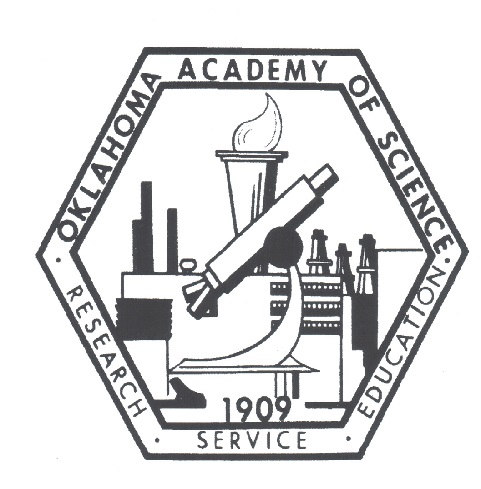Implementation of a Citizen Science Program to Assess Chytridiomycosis (Batrachochytrium dendrobatidis) Prevalence in Amphibians across Oklahoma, USA
Main Article Content
Abstract
Global amphibian populations are declining rapidly, due largely to infectious diseases such as chytridiomycosis caused by the fungal pathogen Batrachochytrium dendrobatidis (Bd). The Herpetology Department at the Sam Noble Museum has screened for Bd prevalence among amphibian communities across Oklahoma for over five years, providing ongoing data about the disease’s prevalence and distribution. Recently, the museum partnered with other Oklahomans through a citizen science project allowing participants to sample their local amphibian communities for Bd. Our project targeted K–12 students in Oklahoma to promote curiosity in science and to foster an interest in pursuing career paths in science, technology, engineering, and mathematics (STEM). The multi-year baseline citizen science dataset we obtained shows a lower Bd prevalence compared to samples collected from trained researchers. In this study, we juxtapose the two datasets and make observations on the feasibility of the citizen science program. Results from the program suggest that kit return rates were average for a project of this scale, and many participants could correctly identify amphibian species. Our findings indicate that the citizen science initiative is successful in increasing statewide amphibian disease sampling range and heightening the public’s awareness of this global amphibian epidemic.
